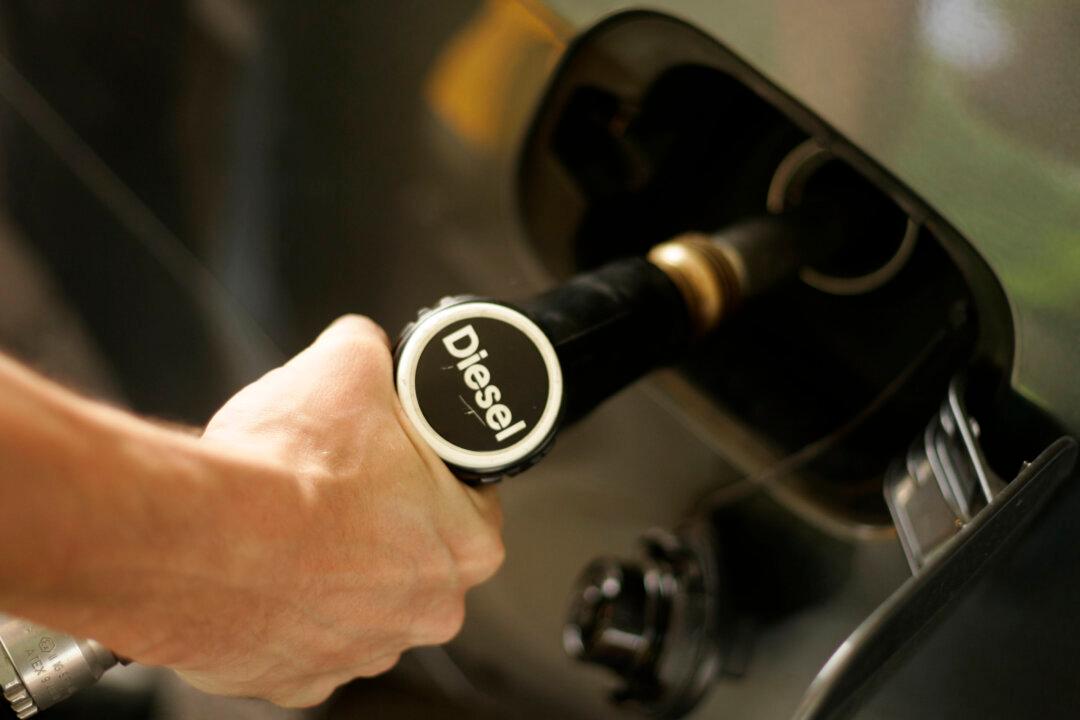Cars and trucks in the United States are supposed to achieve great fuel efficiency gains over the next decade. But now that gasoline prices have plunged, those plans may be delayed.
In 2012, the National Highway and Traffic Safety Administration (NHTSA), in collaboration with the Environmental Protection Agency (EPA), issued regulations that require automakers to meet progressively more stringent fuel standards to reduce greenhouse gas (GHG) emissions. The regulations, which cover cars and light trucks from model years 2017 to 2025, will require automakers to reach a corporate average fuel efficiency (CAFE) standard of 41 miles per gallon by model year 2021. Then, the average fuel efficiency for automakers’ vehicles needs to reach 54.5 MPG by model year 2025.
But the exact details of rules and the timing of their implementation are not cast in stone. Next year, the initial set of targets will come up for review, and executives at car companies have already suggested pushing out the timetable for complying.
As this midterm review approaches, the key questions to consider are: first, how have fuel price projections changed since the period in which regulations were initially developed (2009-2012), and, second, what are the implications of these changes on regulatory implementation?
In a recently published study, my colleagues and I suggest how to reevaluate vehicle fuel economy and greenhouse gas regulations in the upcoming midterm review in light of the dramatic changes in the price of gasoline.
Among our suggestions is that fuel economy standards should be reevaluated during the midterm review to take into account expected lower fuel price and how low prices affect consumer interest in fuel-efficient vehicles.
Crash in Gasoline Prices
As anyone who has filled up lately knows, there has been a significant decrease in fuel prices since the federal CAFE and vehicle GHG regulations were developed. As a result, official government projections of fuel prices have been revised downward and remain relatively low through 2030.
Back when the regulations were being formed, the NHTSA and EPA used gasoline price projections based on the early release of the 2012 Annual Energy Outlook of the Energy Information Administration (EIA) to estimate monetary savings under the regulatory program. The projection path included the following assumptions for the price per gallon of gasoline: US$3.53 in 2015, $3.76 in 2020, $4.04 in 2030 and $4.57 in 2050.
Since then, the world oil market has undergone significant changes. Prices have fallen, with the national average price in 2015 being $2.31. EIA has revised its forecasts and now expects the average national price of fuel at $2.74 in 2020 and $3.20 in 2030.
These changes in the fuel price environment are noteworthy because consumer interest in fuel-efficient vehicles wanes with lower fuel prices and rises when prices at the pump are higher.
Also, automakers’ costs of complying with more stringent vehicle standards are often passed on to the consumer. Because very fuel-efficient vehicles are expected to be more expensive than their less efficient counterparts, the consumer payback period for a fuel-efficient vehicle is considerably longer in a low-fuel price environment.
A longer payback period can translate to lower consumer interest and, ultimately, lower vehicle sales. Sales of the hybrid Toyota Prius, for example, fell for the first time in 2015.
Consumer interest in fuel-efficient vehicles matters because an auto manufacturer’s ability to meet federal CAFE and vehicle GHG standards over time is contingent upon consumers purchasing its vehicles. Clearly, it is not enough for manufacturers to design and produce highly fuel-efficient vehicles to meet regulatory standards – consumers must also prefer these vehicles to their less fuel-efficient, more powerful models.
New vehicle sales matter because the automotive industry plays a central role in the health of the U.S. economy. The rate of new vehicle sales is also important because it affects the achievement of the regulations’ environmental objectives, since the rate of new vehicle sales influences the pace of retirement of old vehicles from the fleet.
Thus, in light of changes to fuel price projections, and related expectations about consumer payback periods and new vehicles sales, my colleagues and I concluded that federal CAFE and vehicle greenhouse gas regulations should be reevaluated during midterm reviews.
Linking Gas Prices to Regulations
How should regulators alter the fuel efficiency targets in a way that considers environmental goals, consumer interest and the economic impact of vehicle sales?
